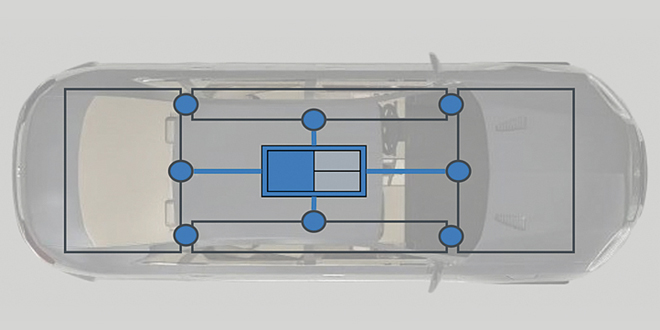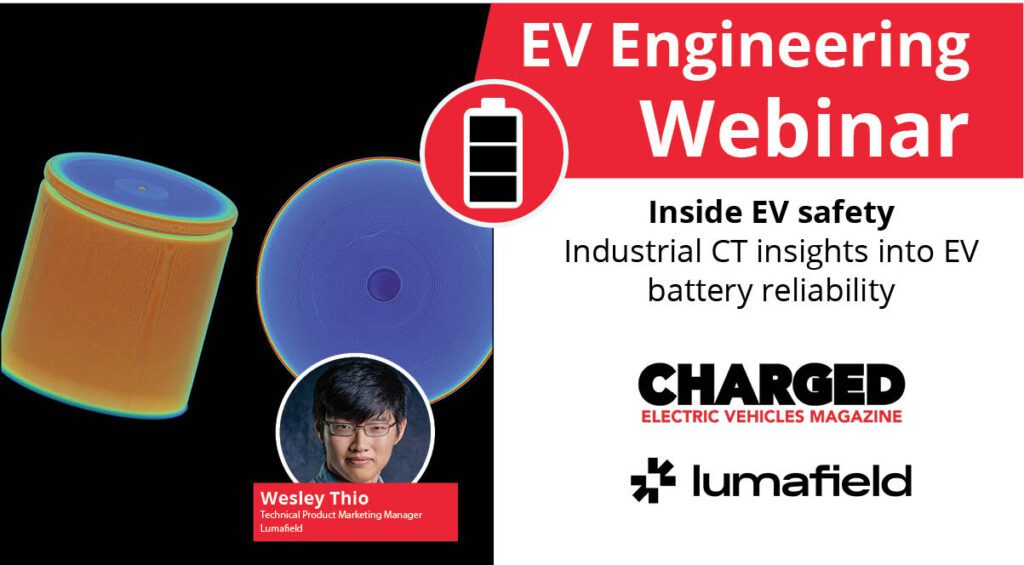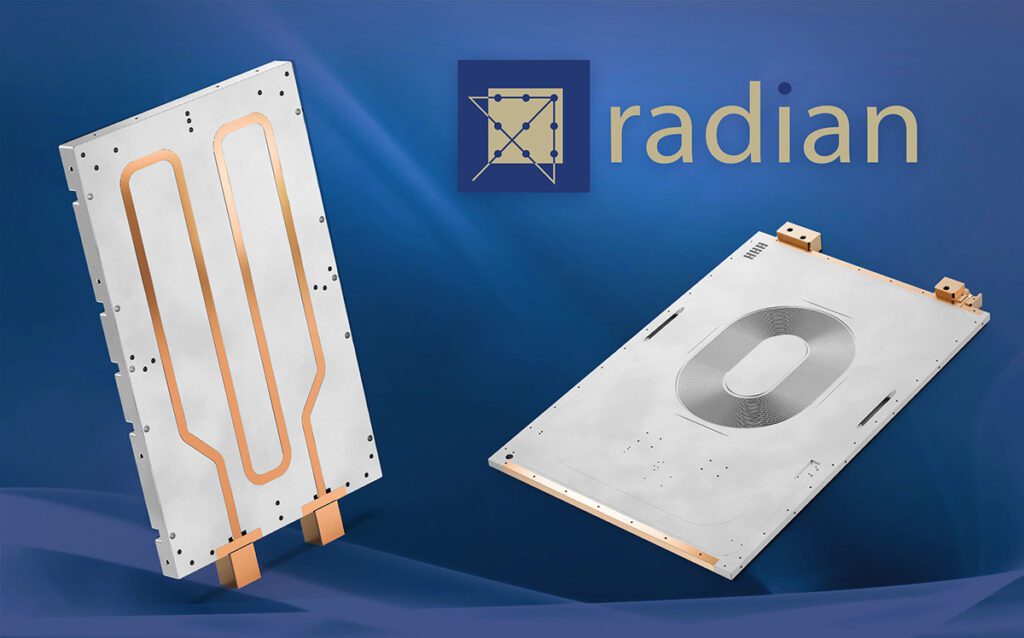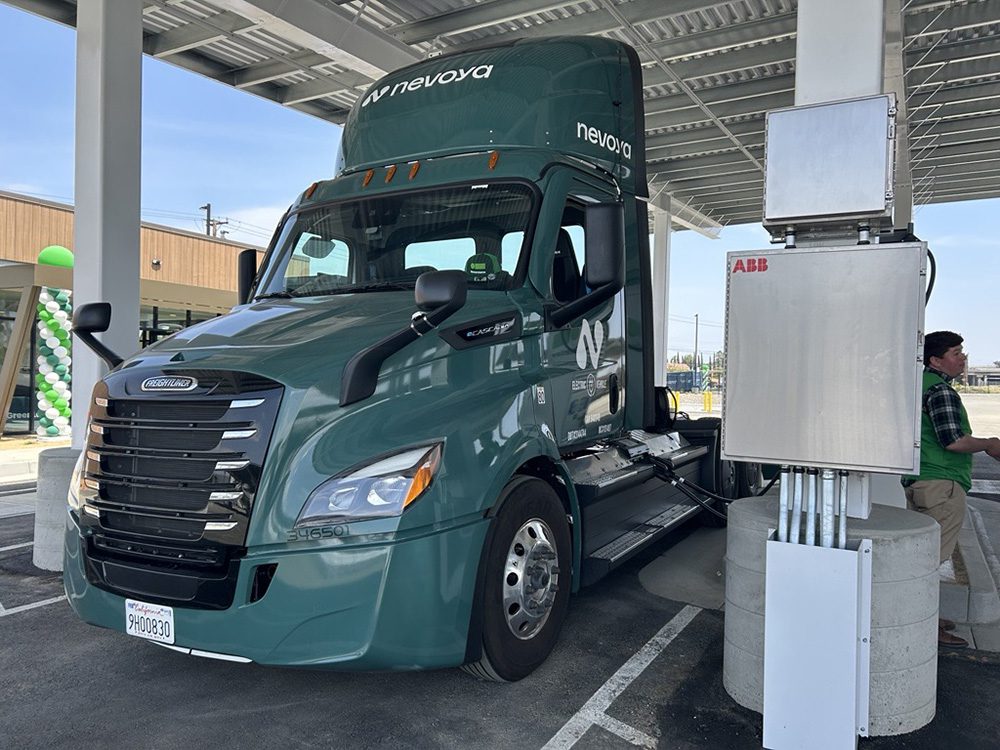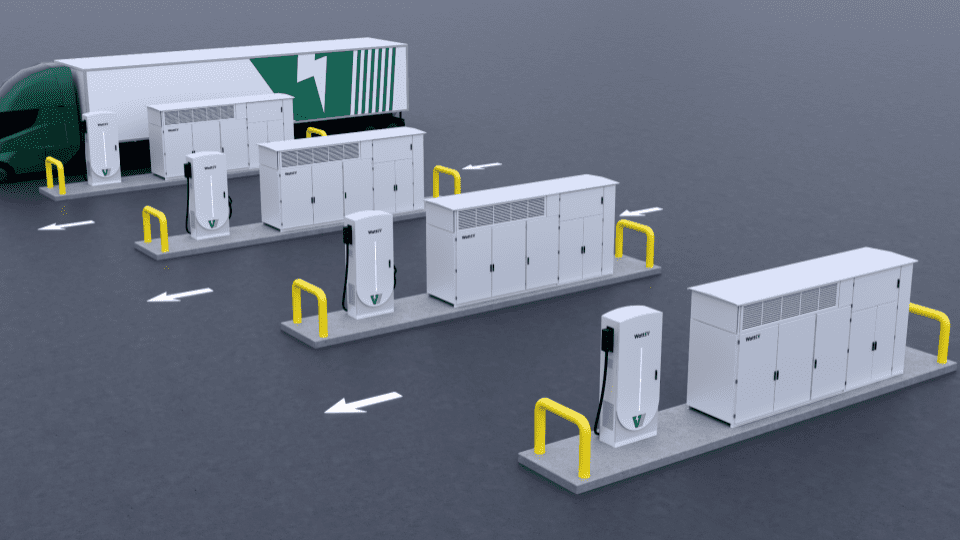Siemens, in partnership with EV manufacturer StreetScooter, is developing a centralized computing architecture for EVs that will make it possible to retrofit new features using a “plug-and-play” process, and to push software updates to vehicles as is currently done with smartphones (and Tesla vehicles).
The RACE (Robust and Reliable Automotive Computing Environment for Future eCars) initiative aims to simplify a car’s electronics architecture, eliminating the need for multiple control systems.
“Today’s cars contain a multitude of electronic control units (ECUs),” Cornel Klein, Project Manager of RACE, told Gizmag. “70 to 100 different computers of various kinds are used to fulfill various functions, like engine control, infotainment systems or advanced driver assistance systems like lane keeping. This ‘E/E architecture’ uses a multitude of different technologies for communication and integrated components from quite different suppliers. The complexity makes the implementation of new functions time-consuming, particularly when it comes to safety-critical functions like steer-by-wire or autonomous driving. Moreover, new functionality cannot be retrofitted once the car has been produced.”

Complex electronics architecture in today’s cars
Tesla co-founder Ian Wright discussed this issue in a recent Charged feature article, explaining how Tesla employs the sort of systems approach that is the norm in the computer industry, while the electronics and software systems produced by the legacy automakers “look like a dog’s breakfast.”
The RACE system will equip a car with a platform where new applications can be downloaded as software modules, similar to apps in smartphones. It will also provide an API (Application Programming Interface) that provides software developers with access to vehicle sensors (cameras, steering wheel, brake pedals) and actuators (power steering motor, braking system).
“Any kind of software can be pushed to the car,” said Cornel Klein. “A good example for such apps are new driver assistance functions or infotainment functionality, which can hardly be retrofitted in today’s cars.”
SEE ALSO: EADS and Siemens electrify aviation
Of course, a centralized computing architecture is more vulnerable to hardware failures, so the Siemens engineers plan to include several redundant computers in the design. “We will have at least three Duplex Control Computers (DCCs),” Klein told Gizmag. “Each DCC in turn is a pair of computers, executing exactly the same computations. By comparing the results of these computations every 10 minutes, we can detect a failure in one of the DCCs. If this is the case, one of the remaining DCCs can take over. Likewise, our network is redundant, such that every sensor-/actor can communicate with the centralized computing platform via two paths. The concept is quite similar to the fly-by-wire approach already deployed in modern aircraft.”
Siemens will incorporate the RACE system in a prototype EV built by the German firm StreetScooter, and plans to unveil the new vehicle this December in Munich.
“We want to be able to integrate updates and individualize pioneering developments for our customers,” says Professor Achim Kampker, Managing Director of StreetScooter. “Our modular and adaptable concept makes us the ideal platform for the RACE technology.”







